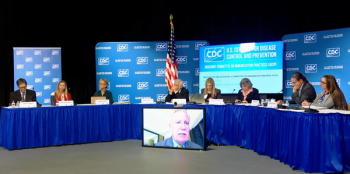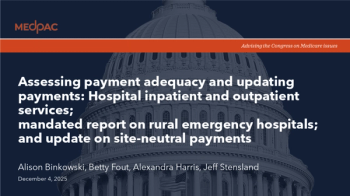
MEDPAC calls for end to 'Incident to' billing
Is “incident to” billing on the way out?
In its
The report notes that the “incident to” billing rules were established well before the growth both in the numbers of APRNs and PAs and their importance in the healthcare system. That makes it increasingly important to differentiate the services they provide from those provided by physicians.
The information made available through direct billing “could create substantial benefits for the Medicare program, beneficiaries, clinicians and researchers that range from improving the accuracy of the physician fee schedule [to] reducing expenditures, enhancing program integrity, and allowing for better comparisons between the cost and quality of care provided by physicians and APRNs/PAs,” according to the report.
MedPAC estimates that implementing the recommendation would reduce Medicare spending by $50 million to $250 million in the first year and $1 billion to $5 billion over the first five years, as compared to current law. That’s because
Joyce Knestrick, PhD, FAANP, president of the
The MedPAC report also recommends that Medicare refine its specialty designations for APRNs, PAs and clinical nurse specialists (CNSs) to distinguish between those working in primary care versus other specialties.
It notes that for a variety of Medicare programs and objectives, such as attributing beneficiaries to Accountable Care Organizations, Medicare generally considers all nurse practitioners (the largest subset of APRNs), PAs and CNSs to be primary care providers. But “because of the shifts in specialty selection over time for NPs and PAs, this assumption increasingly inhibits Medicare’s efforts to identify and support clinicians furnishing primary care.”
Newsletter
Stay informed and empowered with Medical Economics enewsletter, delivering expert insights, financial strategies, practice management tips and technology trends — tailored for today’s physicians.
















